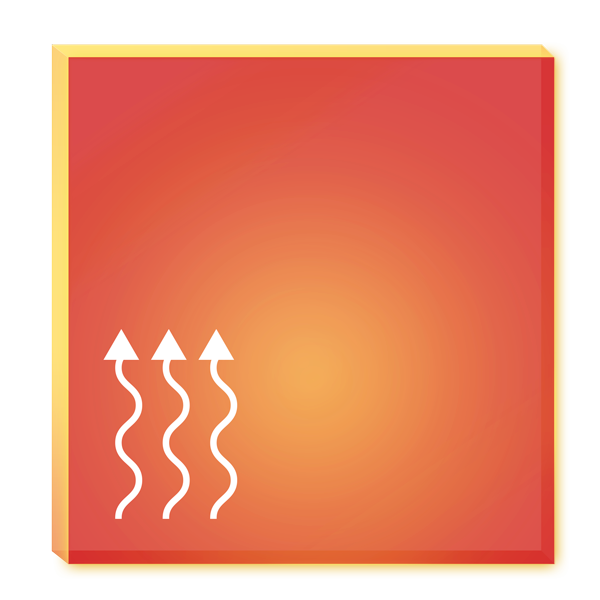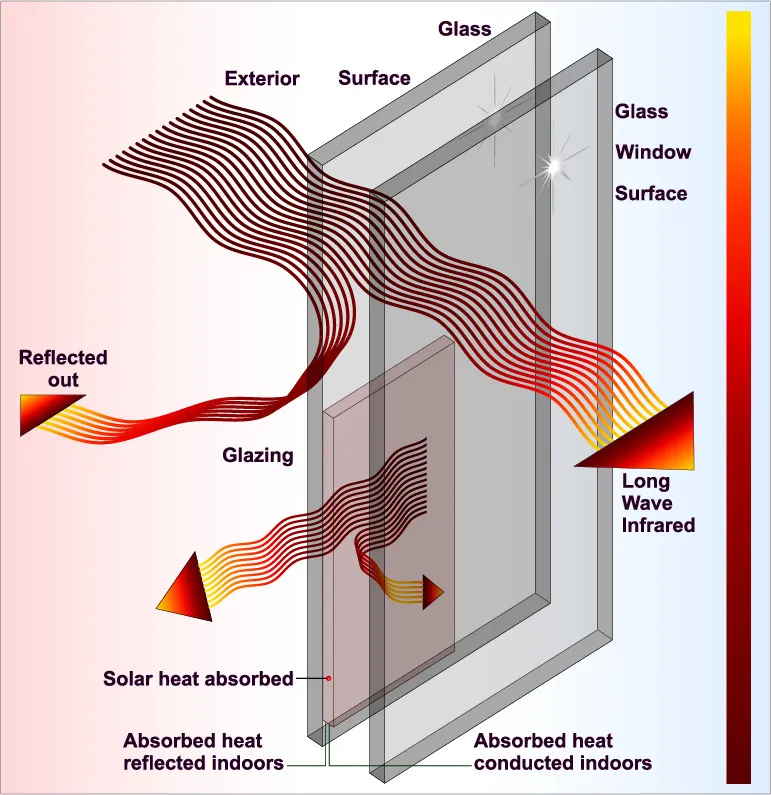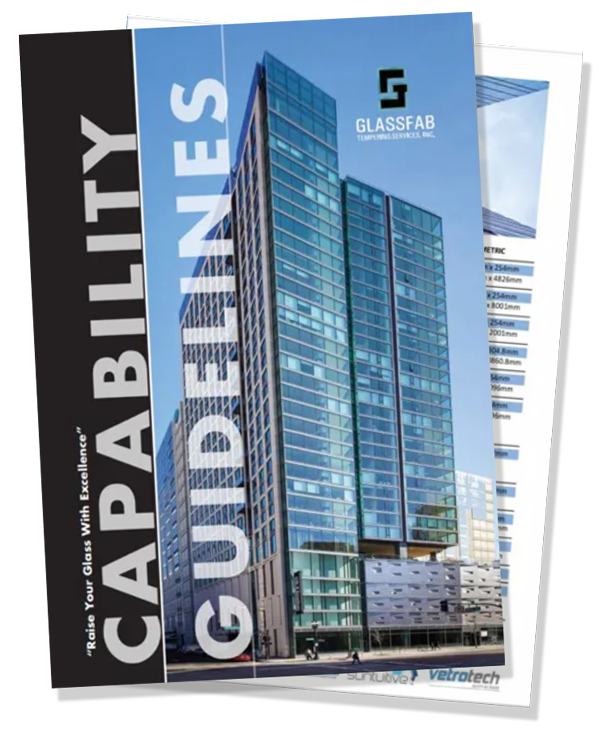Heat-Treated Glass
What is Heat-Treated Glass?
Types of Heat Treated Glass.

Annealed (AN)
Heat-Strengthened (HS)
Fully Tempered (FT)
Glass with fully tempered surfaces is typically four times stronger than annealed glass and two times as strong as heat-strengthened glass of the same thickness, size and type. In the event that fully tempered glass is broken, it will break into fairly small pieces, reducing the chance for injury. In doing so, the small glass shards make it more likely that the glass will become separated from the opening.
The minimum surface compression for fully tempered glass is 10,000psi. In addition, it complies with the safety glazing requirements as outlined by the American National Standards Institute (ANSI)Z97.1 and the federal safety standard Consumer Products Safety Commission (CPSC)16CFR1201. In a specification, the designation for fully tempered glass is commonly abbreviated as FT. Please see index for full copy of ASTM C-1048, the specification that covers heat-treated glass.







